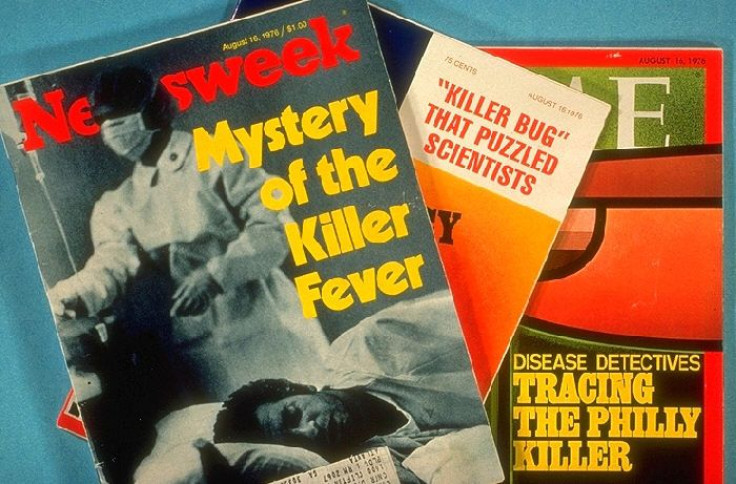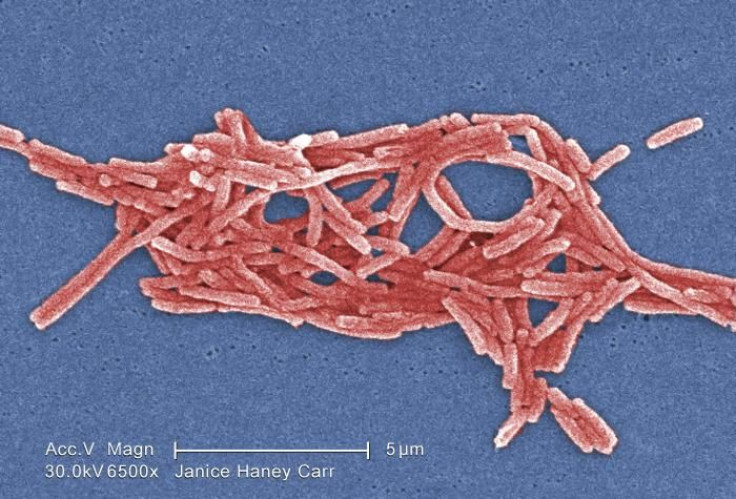What Is Legionnaires' Disease? 4 Dead, More Than 71 Sick From Bacteria Spread Through Water Droplets

Legionnaires’ disease has killed four people and sickened at least 71 people in the Bronx, New York as of Monday. Legionnaires’ is a type of pneumonia, or a lung infection, that is spread through airborne water droplets and through water systems, but officials remain unsure how the ongoing outbreak in New York, which dates back to July 10, began.
The disease is caused by the bacterium Legionella, according to the U.S. Centers for Disease Control and Prevention. The name comes from an outbreak in 1976 that killed 34 and was traced back to the Philadelphia convention of the American Legion. The term Pontiac fever is also used, when the Legionella infection is a mild one.
When people contract Legionnaires’ disease, they typically have pneumonia, a cough and a fever. When they contract Pontiac fever, they have symptoms of the flu, such as chills and a fever, without pneumonia. It has an incubation period of two to 14 days, and hospitalization is common, with Legionnaires’ resulting in 8,000 to 10,000 hospitalizations in the U.S annually. It kills five to 30 percent of the people it strikes, according to the CDC.

Legionnaires’ is spread when people breathe in airborne water droplets, such as a mist or a vapor, that are contaminated with the bacteria—not from person to person. Legionella grow well in warm water, and as a result, common sources for outbreaks of Legionnaires’ are drinking water systems, whirlpool spas and cooling towers, which are effectively large-scale air conditioners that work by spraying water.
In New York, out of 17 cooling towers, five have tested positive for Legionnaires’ disease and have since between treated, according to a fact sheet distributed Saturday by the New York City Department of Health. “Cooling towers contain large amounts of water and are potential breeding grounds for Legionella bacteria if they are not properly disinfected and maintained,” the CDC warns.
The city has said it working to stop the bacteria's spread. “All sites will submit long-term plans as to how they will maintain the cooling towers to protect against any future growth of legionella,” the New York City fact sheet stated, with the deadline for those plans set for Friday. It added that drinking water, fountains and pools in New York City are safe and “unaffected by legionella.”
In November, at least seven people in Portugal died in an outbreak of Legionnaires’. Cooling towers were also suspected as the source of that outbreak.
© Copyright IBTimes 2024. All rights reserved.












